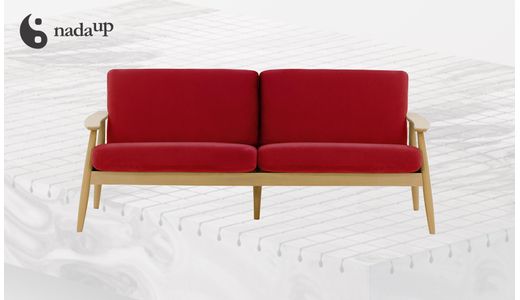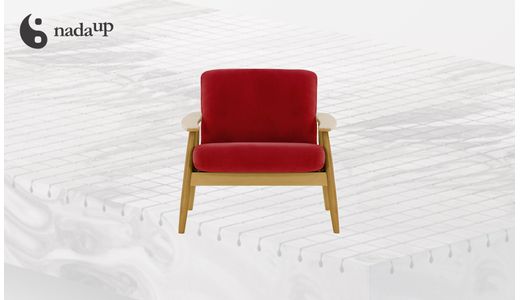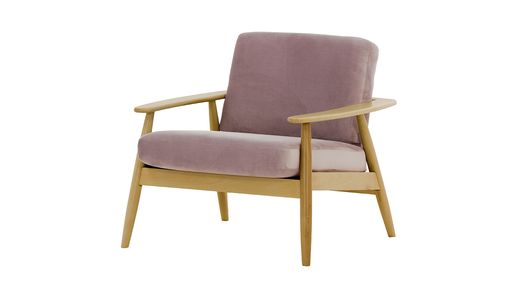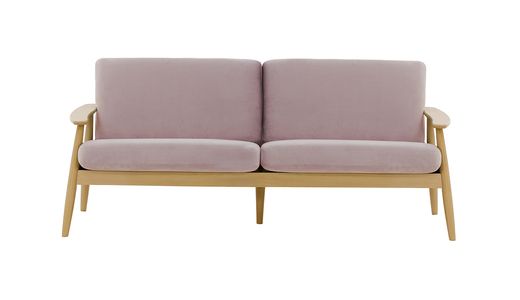
How to care for wooden furniture?
Wooden furniture has enjoyed enduring popularity for centuries. They are elegant, and durable and bring natural warmth to interiors. However, to preserve their beauty and functionality for many years, they need to be cared for properly. Here are some practical tips on how to care for wooden furniture.
Regular cleaning
The basis of caring for wooden furniture is regular cleaning. Proper care starts with the daily removal of dust and dirt, which can accumulate on the surface of the furniture, causing scratches and damage. It is a good idea to use a soft, dry cloth that will not scratch the surface of the wood. Cotton or microfibre cloths work best, as they are effective at attracting dust and dirt without leaving streaks or scratches.
For daily dust removal, cotton or microfibre cloths are best suited. Microfibre is particularly recommended for its anti-static properties, which means that dust is not only effectively removed, but also does not quickly settle again on the furniture. Microfibre cloths are also gentle on wood surfaces, minimising the risk of scratches.
Avoid using rough materials and sponges, which can scratch the wood. Rough materials, such as wire sponges or hard brushes, can easily damage the surface of your furniture, leaving unsightly marks and scratches. Instead, for stains that are more difficult to remove, it is better to use a soft, damp cloth with which you gently wipe the soiled area. However, remember to remove any excess water immediately, so that it does not penetrate the structure of the wood.
Also remember to clean hard-to-reach areas regularly, such as crevices and edges, where dust and dirt can accumulate in larger quantities. For such areas, a soft brush or special brushes can be used to thoroughly clean even the smallest nooks and crannies.
In addition, from time to time it is a good idea to carry out a more thorough cleaning of wooden furniture using special preparations for wood. These preparations not only clean, but also refresh the surface of the wood, giving it a shine and additionally protecting it from dirt. When choosing cleaners, it is advisable to choose those that are dedicated to a specific type of wood and do not contain aggressive chemicals that can damage the finish of the furniture.
When choosing wooden furniture, you can be inspired by the options available at SLF24.pl, where you will find a variety of models of chairs, sofas, armchairs and beds that will fit perfectly into any interior design style:
Avoiding excessive moisture
Wood does not like excessive moisture, which can lead to swelling, warping and even mould. Excessive moisture is one of the biggest enemies of wooden furniture because wood is a naturally hygroscopic material, which means it easily absorbs moisture from its surroundings. When wood becomes saturated with water, its fibres swell, which can lead to permanent structural damage such as warping, cracking and even delamination. In extreme cases, if moisture remains in the wood for an extended period of time, mould and fungi can develop, which are not only harmful to the furniture, but also to the health of the household members.
Therefore, do not use large amounts of water to clean wooden furniture. Water is particularly dangerous for wooden surfaces, especially those that are not properly treated with varnish or oil. Even if a piece of furniture is varnished, prolonged exposure to water can cause micro-cracks in the protective coating, leading to moisture penetrating the wood over time. Instead, it is better to use a slightly damp cloth with which you gently wipe the surface, trying to avoid leaving wet spots.
If you must use a damp cloth, carefully wring it out before using it. The key is to minimise the amount of water used for cleaning. The cloth should only be slightly damp to effectively remove dirt and dust without exposing the wood to excess moisture. After wiping your furniture with a damp cloth, always remember to dry the surface thoroughly with a dry, soft cloth. This will avoid the risk of moisture penetrating deep into the wood and causing possible damage.
To further protect the wood from moisture, consider using additional protectants such as special oils or waxes, which form a protective layer on the surface of the furniture. These preparations not only give the wood a beautiful sheen, but also reduce its absorbency, making the wood less susceptible to moisture.
Also avoid placing wooden furniture in areas where it may be exposed to direct contact with water or high humidity. For example, in bathrooms or kitchens, where steam and humidity are common occurrences, wooden furniture can quickly become damaged. However, if you have wooden furniture in these rooms, make sure it is properly protected and regularly maintained.
As well as avoiding excessive moisture during cleaning, it is also a good idea to keep an eye on the humidity in the rooms where your wooden furniture is located. The optimum humidity should be around 40-60%. During winter periods, when indoor air can be particularly dry, consider using humidifiers to help maintain the right humidity level. This will prevent the wood from shrinking or cracking, which contributes to its longer life and retention of its beautiful appearance.

Protection from the sun
UV rays can cause fading and damage to the surface of wooden furniture. Wood is particularly sensitive to ultraviolet radiation, which can lead to a change in colour and weakening of the wood structure. Prolonged exposure to direct sunlight means that wood can fade, lose its natural shade and even become brittle and fragile. To avoid this, try to avoid exposing your furniture to direct sunlight. If possible, furniture should be placed in areas that are protected from intense sunlight.
If this is not possible, use curtains, blinds or special protective films on the windows to minimise the effect of the sun on the wood. Curtains and blinds are an excellent way to control the amount of light that enters a room. When choosing curtains, it is advisable to opt for those made of dense fabrics that effectively block the sun's rays. Roller blinds, especially those with a reflective function, can also significantly reduce the amount of UV rays reaching the interior.
Special window protection films are another option. These films range from tinted to completely UV-blocking. By installing them on your windows, you can significantly reduce the sun's impact on your wooden furniture without sacrificing natural light. In addition, these films help to maintain a constant temperature in the room, which also contributes to the protection of the furniture.
Alternatively, you can also rearrange the furniture from time to time to prevent uneven fading of the surface. Regularly repositioning your furniture can help to wear down the wood surface evenly, making colour changes less noticeable. It is also worth remembering to rotate decorations and items placed on furniture to avoid permanent, lighter stains in areas that are less exposed to light.
Protection from the sun is not only a question of aesthetics, but also of the longevity of wooden furniture. Prolonged exposure to UV rays can weaken the structure of the wood, leading to faster wear and tear and the need for more frequent repairs or replacement. It is therefore worth investing in solutions that minimise the risk of sun damage.
It is also worth paying attention to the use of protective preparations containing UV filters. Protective waxes and oils with UV filters can help protect the surface of furniture from the sun's harmful effects. Regular use of such products not only protects the wood, but also refreshes its appearance and gives it a beautiful shine.
Using the right care products
Use special preparations designed for wood to care for wooden furniture. The right care products are key to maintaining the beauty and durability of wooden surfaces. Waxes, oils and polishes will help to maintain the natural appearance of the wood while protecting it from scratches and stains.
Waxes: Wood waxes are one of the oldest and most natural methods of caring for wooden furniture. They form a thin, protective layer on the surface of the furniture, which protects the wood from moisture and dirt. Waxes give the wood a soft sheen, emphasising its natural texture. Regular application of wax also helps to minimise the visibility of minor nicks and scratches. To apply wax, it is best to use a soft cloth or special applicators that allow the product to be evenly distributed over the entire surface of the furniture.
Oils: Oils are an excellent choice for those who prefer a more matt finish to their furniture. Oils, such as linseed oil, tung oil or teak oil, deeply penetrate the structure of the wood, nourishing and protecting it from within. The use of oils not only protects the wood from moisture and dirt, but also helps to bring out its natural colour and texture. Oils are particularly recommended for garden furniture and those that are exposed to greater changes in humidity. The application of oil requires care - apply a thin layer of oil evenly and remove any excess with a clean cloth.
Polishes: Wood polishes help to keep the wood shiny and smooth. Polishing the wood with special preparations removes minor scratches and gives the surface a shiny appearance. These polishes often contain ingredients that protect the wood from UV radiation and moisture, which further prolongs the life of the furniture. Polishing should be done gently, using a soft cloth, so as not to damage the surface of the wood.
Maintenance preparations: Special preservative preparations are also available on the market, which combine protective and care properties. These preparations often contain waxes and oils in a single formula, making application easier and providing comprehensive protection for the wood. Regular use of such products makes the wood more resistant to scratches, stains and weathering.
Remember to choose products without aggressive chemicals that can damage the surface. Always check the composition of care products and choose those that are designed for the specific type of wood your furniture is made of. Formulations based on natural ingredients are not only safer for the wood, they are also environmentally friendly and healthier for your household.
Before applying any product, always carry out a test on a barely visible part of the furniture. This will ensure that the product does not cause discolouration or damage to the surface. Regular use of the right care products not only protects the wood, but also brings out its natural beauty, ensuring the longevity and aesthetic appearance of the furniture.
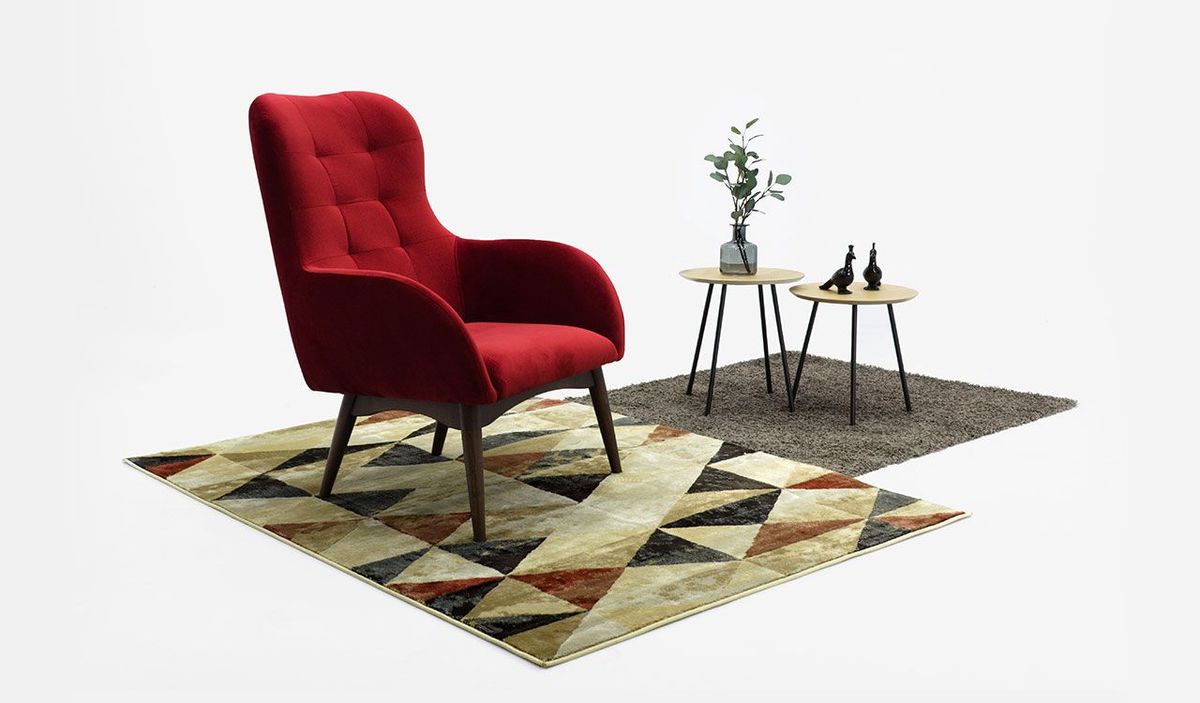
Protection against mechanical damage
To prevent mechanical damage, use coasters under hot dishes, glasses and other objects that can leave marks on the surface of the furniture. Hot dishes can cause discolouration and permanent damage to the surface of wooden furniture, so it is always a good idea to have suitable pads on hand. You can use either cork or felt pads, which are gentle on the wood and effectively protect it from heat and moisture.
Avoid placing heavy objects that can cause dents. Wood, despite its strength, is susceptible to pressure, which can lead to indentations and structural damage. Furniture made from soft woods such as pine or spruce is particularly vulnerable. If you need to place a heavy object on a wooden piece of furniture, consider using a larger shim to distribute the weight evenly and reduce the risk of damage.
To prevent scratches and dents, it is also a good idea to use special protective pads on the legs of chairs and tables. These pads, made of felt or plastic, protect the floor and the surface of the furniture from sliding marks. Regularly moving furniture without proper protection can lead to serious damage to both furniture and floors, especially those made of wood or laminate panels.
Regularly check furniture legs for damage and reinforce or replace them if necessary. Furniture legs are subjected to heavy loads and intensive use, which can lead to them becoming weak or damaged over time. Regularly inspecting the condition of your furniture legs allows you to detect any problems early and prevents further damage. If you notice that the legs are loose, cracked or starting to bend, it is essential that you take the appropriate repair steps. In some cases, tightening screws or replacing damaged pieces is enough, in others you may need to use the services of a carpenter.
As well as protecting the surfaces and legs of your furniture, it's also worth paying attention to its overall stability. Furniture that wobbles or is unstable can easily be damaged by everyday use. Regularly check the condition of joints and fixings, and if necessary tighten screws or use wood glue to ensure a solid structure.
To further protect wooden furniture from mechanical damage, you can use various types of impregnations and protective varnishes. These preparations form a durable layer on the surface of the wood that protects against scratches, stains and other damage. Varnishing furniture not only protects it, but also gives it an aesthetically pleasing appearance and enhances the natural beauty of the wood.
Avoiding sudden temperature changes
Wood is a material that reacts to changes in temperature and humidity. Its natural structure makes wood hygroscopic, which means that it can absorb and release moisture from its surroundings. Sudden changes in these parameters can lead to cracks, deformation and even permanent damage to wooden furniture.
To ensure optimal conditions for wooden furniture, try to maintain a constant temperature in the room in which it is placed. The ideal temperature is around 18-22°C and the humidity should be between 40 and 60%. Extreme conditions, such as very high temperatures or low humidity, can cause the wood to shrink, leading to cracks and fissures. Too much humidity, on the other hand, can make the wood swell, which can lead to deformation and problems with furniture functionality, such as difficulty opening drawers or doors.
Avoid placing wooden furniture near heat sources such as radiators or fireplaces. The heat emitted by these appliances can cause excessive drying of the wood, which in turn leads to shrinkage and cracking. Prolonged exposure to heat can also weaken the adhesives used to join the various pieces of furniture together, which can result in the joints coming apart.
If you cannot avoid placing your furniture near heat sources, try to use appropriate protection. You can use protective covers or screens to reflect heat and protect your furniture from direct exposure to high temperatures. Also, regularly humidifying the air during the heating season with humidifiers can help maintain the right level of humidity in the room, which prevents wood from drying out.
Similarly, avoid placing wooden furniture in areas subject to sudden changes in humidity, such as bathrooms or kitchens, unless the furniture is specially treated against moisture. In such rooms, it is advisable to use furniture made of appropriately treated wood or treated with special protective coatings that increase its resistance to moisture.
Wood can also react to seasonal changes. In winter, when heating is more intense, the indoor air becomes dry, which can lead to shrinkage of the wood. In summer, with higher humidity, wood can swell. It is therefore important to monitor and control indoor conditions throughout the year. You can use hygrometers to measure the humidity and thermometers to monitor the temperature, which will allow you to better adapt your remedies to the current conditions.
Periodic maintenance
In addition to regular cleaning, it is a good idea to carry out a thorough maintenance of your wooden furniture from time to time. This may include sanding, reapplication of varnish, oil or wax. Such treatments will refresh the appearance of the furniture and give it extra protection.
Caring for wooden furniture requires regularity and appropriate maintenance. Regular cleaning, protection from moisture and sunlight, use of appropriate preparations and avoidance of mechanical damage are key elements that will allow you to enjoy the beauty of wooden furniture for many years. Remember that well cared for wood will not only retain its charm, but will also increase the value of your interior.
